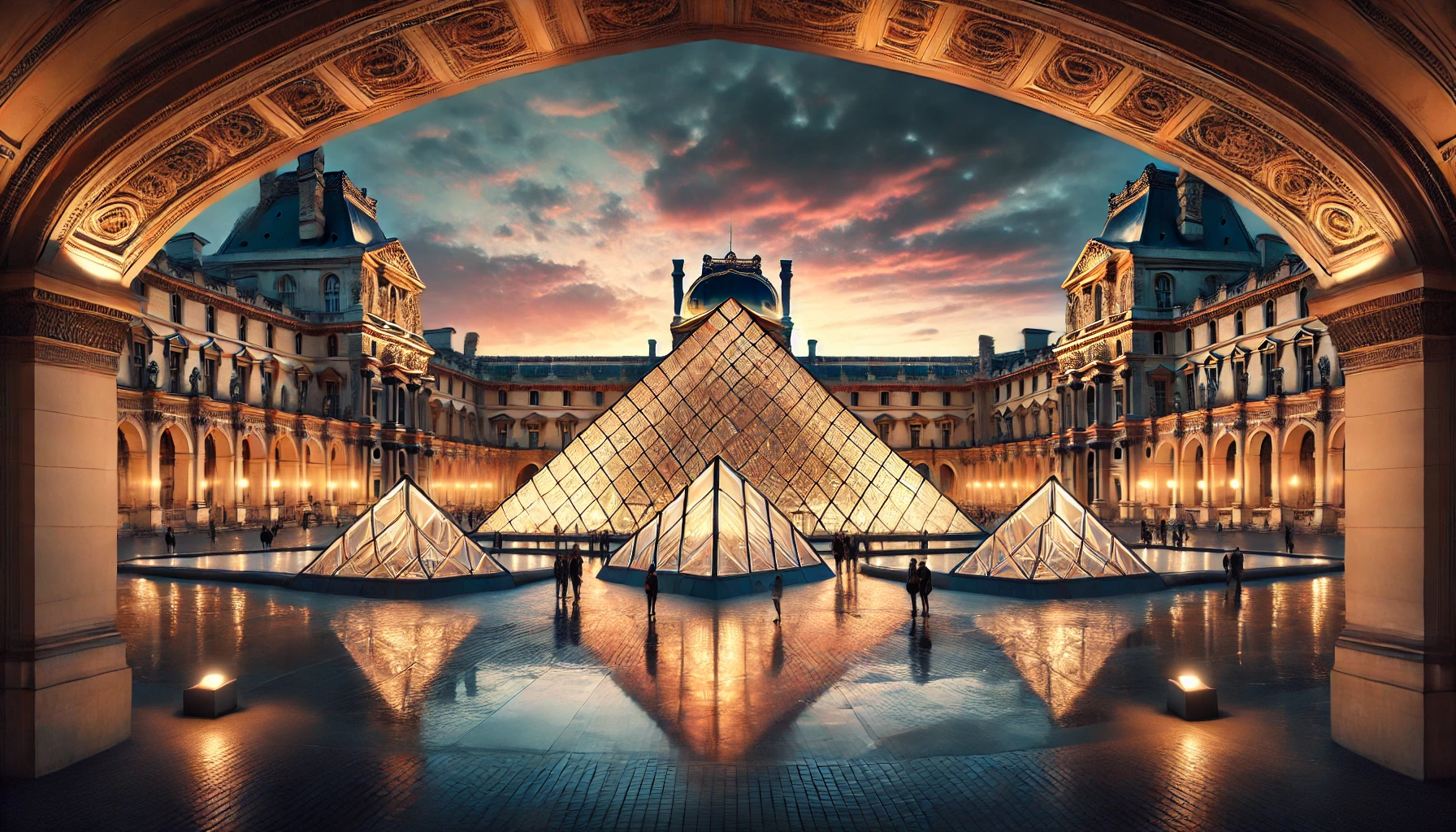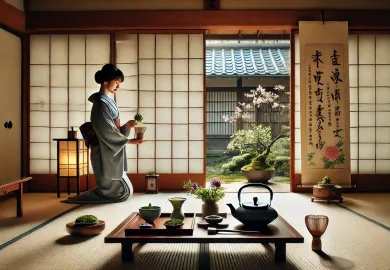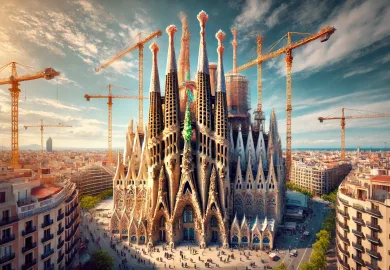
When it comes to world-renowned art museums, few can rival the grandeur and artistic wealth of the Louvre Museum in Paris. As the largest art museum on the planet and an iconic landmark, the Louvre attracts millions of visitors from around the globe. This article will guide you through some of the most fascinating aspects of the Louvre, its historical significance, and the awe-inspiring artworks it holds within its walls.
A Historical Icon: The Louvre’s Transformation Through Time
Before becoming the legendary museum we know today, the Louvre served a variety of functions throughout its long history. Originally built as a fortress in the late 12th century, it later transformed into a royal palace under the reign of King Francis I in the 16th century. The iconic building we see today only became a public museum after the French Revolution, in 1793.
The architectural beauty of the Louvre is a testament to Paris’ rich history, blending Renaissance and modern design. The glass pyramid, a modern addition by architect I. M. Pei in 1989, has become a symbol of the museum. It sits gracefully in the Cour Napoléon, complementing the grandeur of the surrounding palace structure, which exudes classic French elegance.
Through the centuries, the Louvre has evolved into a cultural institution of global importance, home to works that span from antiquity to the 21st century. With over 35,000 works of art displayed, the museum offers an unparalleled journey through the artistic evolution of human civilization.
The Louvre’s Unparalleled Art Collections
The sheer scope of the Louvre’s art collections is both impressive and overwhelming, divided into eight departments: Near Eastern Antiquities, Egyptian Antiquities, Greek, Etruscan, and Roman Antiquities, Islamic Art, Sculptures, Decorative Arts, Paintings, and Prints and Drawings. Each of these departments houses masterpieces that reflect the grandeur of art across multiple civilizations and time periods.
Among the most notable pieces in the Louvre are Leonardo da Vinci’s celebrated “Mona Lisa,” the enigmatic portrait that has captivated visitors for centuries. This painting alone attracts millions of people every year, with many traveling to Paris just to witness the famous smile up close.
Other masterpieces include the Venus de Milo, an ancient Greek statue that dates back to around 100 BCE, and Eugène Delacroix’s “Liberty Leading the People,” which vividly depicts the French Revolution. The diversity of the museum’s art collections provides something for every type of art lover, from classic to contemporary tastes.
Navigating the Louvre: How to Make the Most of Your Visit
Given its massive size and vast array of artistic treasures, planning a visit to the Louvre can seem like a daunting task. To truly appreciate the Louvre’s offerings, it’s wise to map out a well-thought-out itinerary before stepping foot in the museum. While some may be content with a quick visit to see its most famous pieces, art enthusiasts could easily spend days exploring every wing of the museum.
One essential tip for first-time visitors is to start with the Denon Wing, home to some of the museum’s most iconic works, including the Mona Lisa and The Wedding at Cana. This is often the busiest section, so visiting early in the day or during off-peak times can offer a more intimate viewing experience.
For those wanting to explore the ancient history section, the Sully Wing houses the museum’s Egyptian Antiquities and stunning Sphinx of Tanis, alongside mesmerizing relics from ancient Mesopotamia. Finally, the Richelieu Wing is home to the Louvre’s decorative arts, sculptures, and the famed Napoleon III Apartments, which offer a glimpse into the opulent lifestyle of 19th-century France.
Hidden Gems of the Louvre: Artworks Off the Beaten Path
While the Louvre’s most famous pieces draw large crowds, there are many hidden gems tucked away in its halls. One such masterpiece is Antonio Canova’s “Psyche Revived by Cupid’s Kiss,” a breathtaking marble sculpture that captures a moment of pure passion and elegance. The piece is often overlooked by visitors focusing on more well-known works but is a must-see for those who appreciate romantic art.
Another less-visited treasure is the “Portrait of a Woman Known as La Belle Ferronnière” by Leonardo da Vinci. Though overshadowed by the Mona Lisa, this portrait exudes a similar level of mystery and grace, with intricate detailing and soft use of color that makes it a standout piece of Renaissance art.
For those who appreciate large-scale works, the “Raft of the Medusa” by Théodore Géricault is a haunting depiction of the aftermath of a shipwreck, highlighting both the heroism and suffering of the survivors. It’s a dramatic piece that often leaves a lasting impression on visitors, but without the fanfare of the museum’s more iconic works.
Visiting the Louvre is more than just an art tour; it’s an exploration of human creativity across time and space. From its roots as a medieval fortress to its status as a global center for the arts, the Louvre Museum in Paris continues to be one of the world’s most fascinating cultural destinations, making it a must-visit for art enthusiasts and casual travelers alike.








